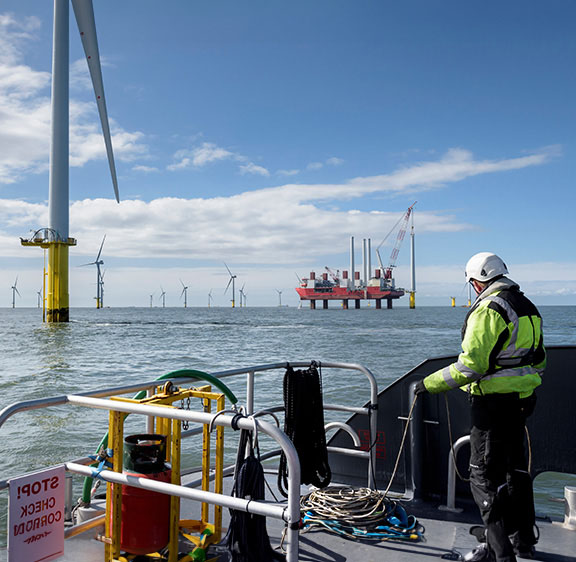Global supply chains have grown more fragile due to the pandemic and other global crises, leading to supply disruptions in parts and materials as well as significantly higher transportation costs. Today, the ability to shift production of goods between various locations and across borders has become increasingly crucial. This has been further necessitated by the increase in regional and country-specific regulations that adds complexity to production. As a result, the concept of mobile factories is gaining prominence.
Enhancing manufacturing flexibility with mobile factories
Mobile factories are characterized by the following factors that double up as key advantages:
- Portability: Mobile factories are often built in containers or modular units, making them easy to transport by trucks, ships, or even airplanes.
- Adaptability: They can be configured for various manufacturing processes, allowing for rapid adjustments to production lines based on market or project needs.
- Self-sufficiency: Many mobile factories are designed to operate independently, equipped with integrated energy sources like solar panels, water supply systems, and waste management.
- Scalability: Mobile factories can be scaled up or down according to production demand, with additional units added to increase capacity when necessary
- Rapid deployment: These factories can be quickly set up in response to urgent needs or emergencies, such as the shutdown of stationary production facilities following natural disasters. Rapid setup is essential for mobile factories to compete with stationary production sites, and the same goes for dismantling when the factory needs to be moved to a new location.
Beyond benefits
The lifecycle of mobile factories differs significantly from that of stationary production facilities and includes the stages of transport, setup, production and operations, and dismantling.
Mobile factories can support global production networks by enabling companies to maintain a presence in various regions around the world without requiring long-term investments in fixed infrastructure. This flexibility is particularly advantageous in times of global crisis and helps to limit investment risk. Consider this: mobile factories simplify supply chain processes across industries, such as wind turbine manufacturing, where the assembly of turbines can be moved directly to the installation site, significantly reducing logistics complexity. Similarly, the production of spare parts can be brought closer to customers using mobile manufacturing. This does not simply save time but effort, too.
Additive manufacturing technology is often used here. Another application scenario involves setting up mobile factories closer to raw material sources to ensure a smooth supply chain. They can even serve as backup facilities for stationary factories. Industries for which the concept of mobile factories is suitable include pharmaceuticals, consumer goods (CPG), aerospace, and wind turbines.
Choosing between mobile factories and Stationary production sites
The cost of setting up a mobile factory depends on various factors, including infrastructure, equipment, technology, and operating expenses. While the investment in the factory itself (machinery, transport containers, and others) is balanced by the factory’s reusability in different regions, the main costs are related to setting up the factory and local infrastructure, as well as recruiting and training staff. Furthermore, sourcing suppliers at every location where a mobile factory is operational can be challenging throughout its lifecycle.
A prerequisite for the success of mobile factories within a production network is seamless integration into the company’s IT and OT systems. This enables cross-company production management and the collection and analysis of necessary production data. Standardized interfaces are required to facilitate this integration, regardless of the region or location where the mobile factory is deployed.
Perhaps an important drawback is the production volume of a mobile factory which differs significantly from that of a stationary facility. For consumer products (CPG), daily throughput can reach up to 5,000 units. This is a far lower throughput compared to stationary factories, and is primarily due to the limited capacity of mobile factories, which are designed for flexible production setups within containers or modules.
On the other hand, the primary advantages of implementing mobile factories over stationary ones lie in their flexibility, cost efficiency, time to market, and ability to adapt to changing conditions. As companies increasingly seek agility and responsiveness in their operations, mobile factories present an attractive alternative, especially in industries where customization, local production, and rapid deployment are essential.
